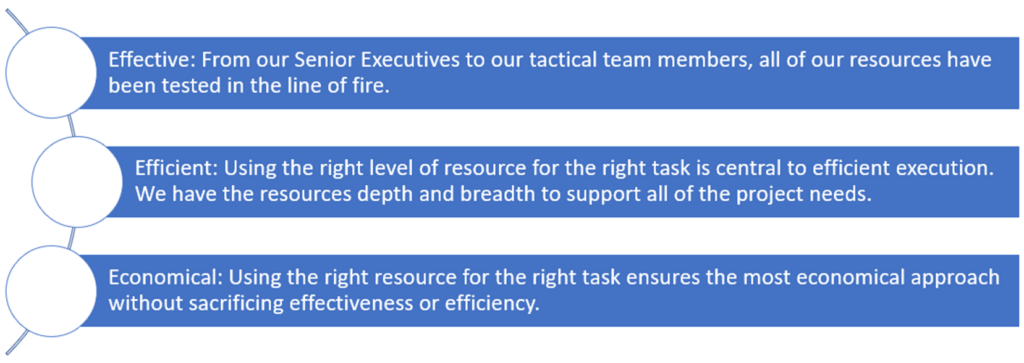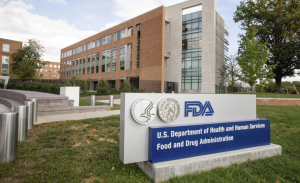While audits are not being conducted in the same way they were before the global pandemic, they continue to take place. New procedures adopted to deal with the coronavirus outbreak may have the unintended consequence of creating compliance gaps. An audit will identify these gaps so that you can address the issue. Understanding how the audit process has changed and what you may need to do differently can help your company navigate more smoothly.
Internal Control: What Processes Will Change?
Advance planning and proactive execution of your plan will put your company on track to conduct and complete internal, supplier and due diligence audits. Many of the processes you’re used to will change. Here’s how to prepare.
Auditboard: Did you Complete Advance Work?
You can complete some tasks off-site and in advance, such as reviewing standard operating procedures and the auditboard. You can also conduct teleconferences in advance to discuss any questions that will come up, or email ahead of time to find answers.
Certified Internal Auditor: Did you Hire an Expert?
Apply social distancing to the audit process by using video to substitute for certified internal auditor in-person visits when you can. Live streaming allows the certified internal auditor to view a facility instead of going there and possibly introducing new germs into the environment. Whenever possible, avoid walking around your employees during this process.
Acknowledge that the situation is not ideal. Giving auditors firsthand experience in your plant is preferable, but for the time being, it’s not always practical. Discuss what will happen to the tapes after the audit is over too so that your management team stays on the same page regarding disposal or preservation.
Audit Office: Are you Prepared for Virtual Interviews?
Interviews play a critical role in the audit process, and they will continue to serve auditors’ interests. Migrate audit office interviews to a virtual platform, and use teleconferencing apps to schedule and conduct them.
Audit Report: Increase the Transparency
The world has changed in a very short time due to the pandemic. This has led companies like yours to adopt new policies to curb the potential spread of COVID-19 or other infectious conditions. An audit offers the perfect opportunity to reexamine the audit report and increase the transparency of results. More departments and individuals should receive leeway to report deviations they see in the production process. Clarify your expectations for reporting in all aspects of production, including:
- Manufacturing operations
- Quality control
- Compliance assurance
- Supplier quality
Internal Control: Are you Building Trust?
Building trust with employees within a new internal control structure will put you on the path toward solving any audit issues uncovered. The goal of giving the public a reliable supply of needed products will become an achievable aim as a result. Continuing the audit process and running it smoothly is critical to public health. Companies must continue to uphold the supply chain for essential resources so that people receive the provisions they need.






















 The FDA harmonization team has recently announced it is no longer going to be a member of the Global Harmonization Working Party (GHWP). This comes as an eye-opener for many life science industry employees since FDA harmonization has been a visible priority since the agency joined GHWP in 2021.
The FDA harmonization team has recently announced it is no longer going to be a member of the Global Harmonization Working Party (GHWP). This comes as an eye-opener for many life science industry employees since FDA harmonization has been a visible priority since the agency joined GHWP in 2021.